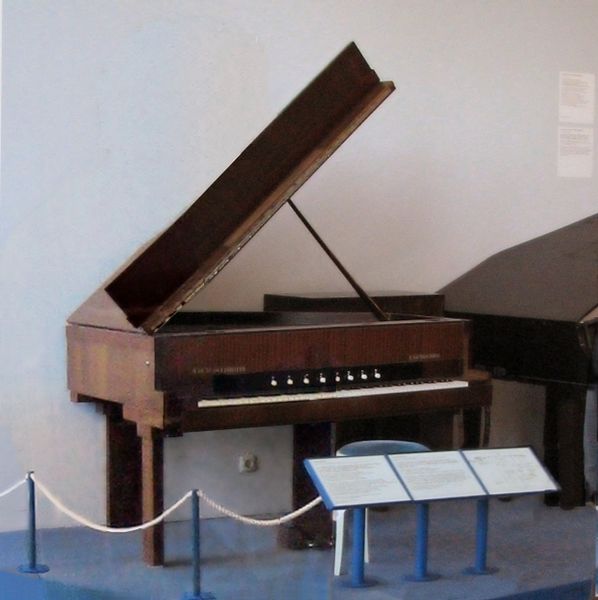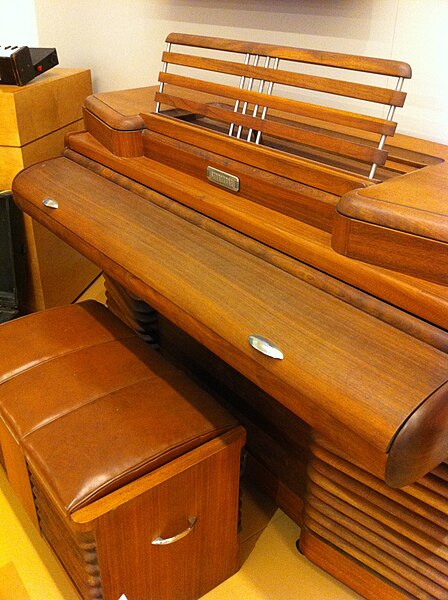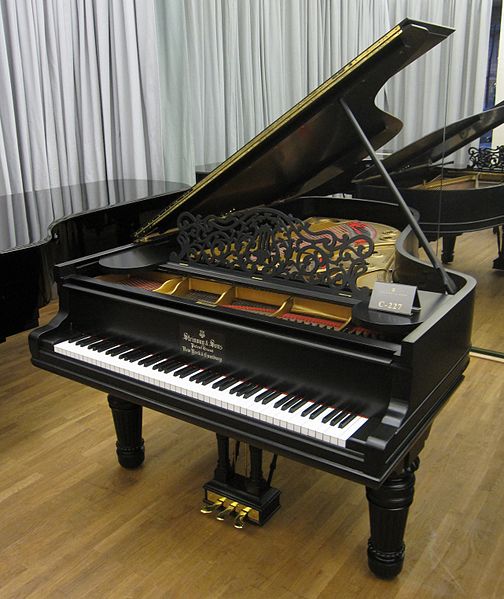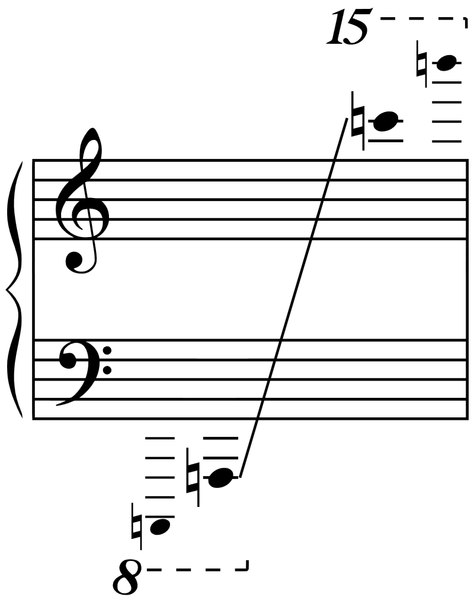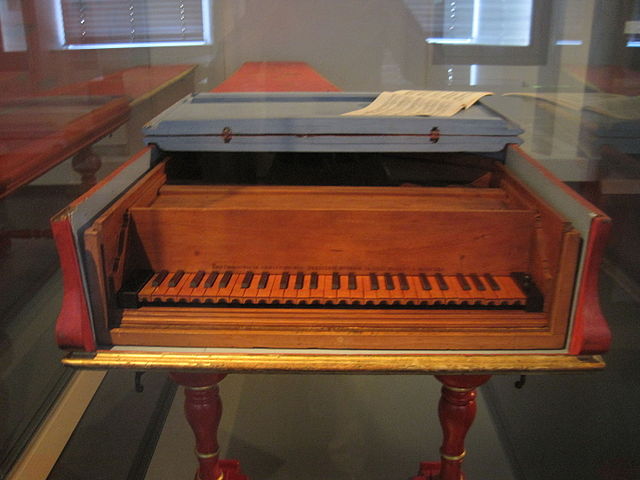An electric piano is a musical instrument that has a piano-style musical keyboard, where sound is produced by means of mechanical hammers striking metal strings or reeds or wire tines, which leads to vibrations which are then converted into electrical signals by pickups. The pickups are connected to an instrument amplifier and loudspeaker to reinforce the sound sufficiently for the performer and audience to hear. Unlike a synthesizer, the electric piano is not an electronic instrument. Instead, it is an electro-mechanical instrument. Some early electric pianos used lengths of wire to produce the tone, like a traditional piano. Smaller electric pianos used short slivers of steel to produce the tone. The earliest electric pianos were invented in the late 1920s; the 1929 Neo-Bechstein electric grand piano was among the first. Probably the earliest stringless model was Lloyd Loar's Vivi-Tone Clavier. A few other noteworthy producers of electric pianos include Baldwin Piano and Organ Company, and the Wurlitzer Company.

A Wurlitzer model 112 electric piano with a guitar amplifier.
Neo-Bechstein (1931)
Vierling-Förster piano (1937)
Storytone (1939) by Story & Clark and RCA
The piano is a keyboard instrument that produces sound when its keys are depressed, through engagement of an action whose hammers strike strings. Most pianos have a row of 88 black and white keys, representing each note of the chromatic scale as they repeat throughout the keyboard's span of seven and a quarter octaves. There are 52 white keys, known as “naturals”, and 36 black keys, known as “sharps”. The naturals repeat a pattern of whole steps and half steps unique to any given starting note. These patterns define a diatonic scale. The 36 sharps repeat a pattern of whole steps and minor thirds, which defines a pentatonic scale.
Image: Steinway Vienna 002
Image: Piano droit Weinbach (2)
Image: lossy page 1 Piano Range.tif
The 1726 Cristofori piano in the Musikinstrumenten-Museum in Leipzig



